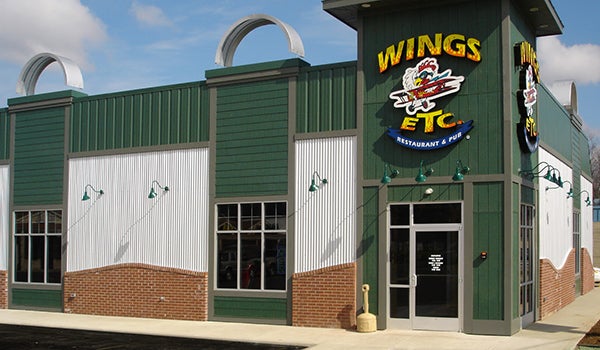Chief Millin decodes police log
Published 8:40 am Tuesday, December 31, 2019
NILES — Each day, the Niles Police Department, 1600 Silverbrook Ave., creates a police call log that includes all the call officers responded to the day before.
The Niles Daily Star then takes these call logs and presents their information — date, time, city block location and type of call — in an easier-to-read format.
Still, some types of calls are vague. Some could be interpreted to mean a number of incidents, while others have multiple call reasons listed.
Niles Police Chief Jim Millin provided information on some of the trickier call log terminology.
A list of police call log phrases and Millin’s description of each are below. Acronyms in parentheses are used in police call logs but are spelled out or left out in typical Niles Daily Star rewrites.
Property damage accident (PDA)
This is when someone damages property but without malicious intent.
An example could be when a driver hits a patch of ice, loses control of the vehicle and runs into a fence.
Personal injury accident (PIA)
This is when someone injures themselves or another person but without malicious intent.
An example could be when the driver who hit a fence also causes the vehicle’s passenger to have whiplash complications.
Malicious destruction of property (MDP)
Unlike a property damage accident, this call means that someone destroyed another’s property with the intent to do so.
An example could be when a driver intentionally drives into a neighbor’s fencing to cause damage.
Suspicious vehicle, person or situation (Sup person/veh/situation)
These calls result from watchful neighbors, Millin said.
Whether it be an unfamiliar car circling a block or a group of rowdy young adults late at night, Millin said his police department, like others nationwide, appreciate the proactive calls, even if it turns out to be a false alarm. Officers cannot be at all places at all times to prevent crime.
“I say all the time, while we’re the police department, and it’s our job to police the city, they know their neighborhoods better than we do,” Millin said. “They know what’s right in their neighborhood. They know what’s wrong in their neighborhood, and we want them to call whenever they see something wrong.”
Calling is preferential over confronting the suspicious situation, the chief added.
Basic information about the caller is needed for officers to properly handle a situation, but callers may request to keep their information out of public records. Only a major crime may require that information to be shared, Millin said.
Hit and run, driving while intoxicated, driving with license suspended (H&R/DWI/DWLS)
Seeing this lengthy phrase in police call logs means that any of the three offenses, or any mix of them together, could have occurred.
The reason for the ambiguity, Millin said, is the system the department uses. It classifies calls based on file cases ranging from 0900 to 9900. In this case, all three offenses fall under the 5400 file classes.
Millin said that “95 percent” of these calls tend to be for suspended driver’s licenses.
Alarms (Alarm-burglary/others)
Any time an alarm registered with the police department goes off, an officer will respond. Many times, Millin said, the alarms are accidentally set off, whether by an animal or an unwary employee trying to close or open shop.
Larceny
This is when someone knowingly takes property from another with criminal intent.
Breaking and entering (BNE, B&E)
While larceny can occur when someone commits breaking and entering, no damage or stealing is necessary to be charged with this offense, Millin said.
An example could be a home invasion.
Trespassing
This is when someone enters private property. Because entering a building is typically considered breaking and entering, trespassing tends to refer to entering private land not restricted by any barriers.
Part one of “Police call log decoded” can be found in the Dec. 30, 2019, print and online editions of the Niles Daily Star.





